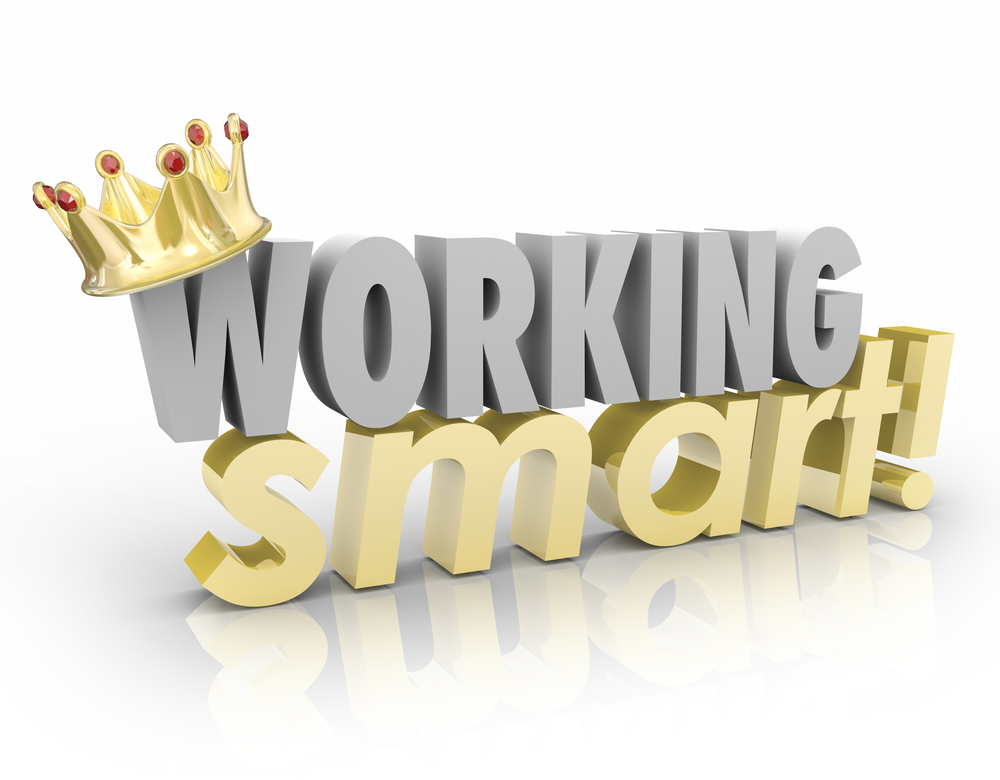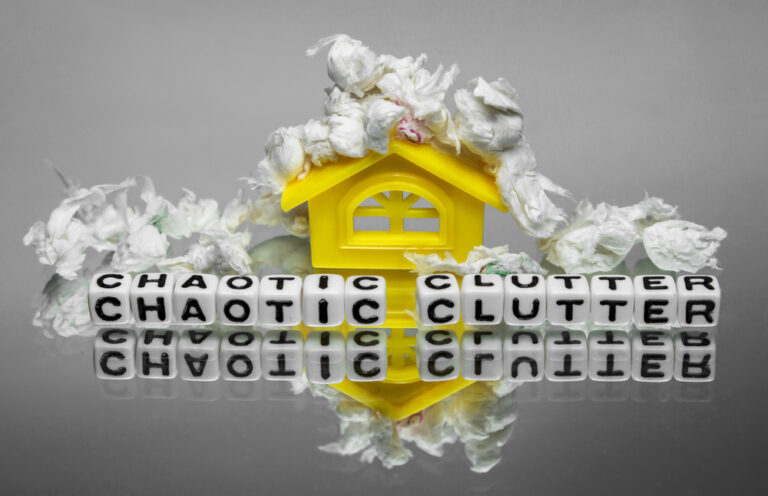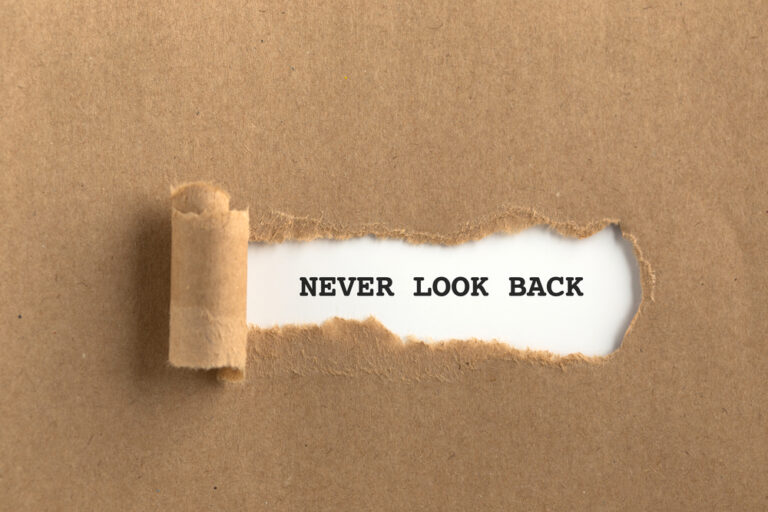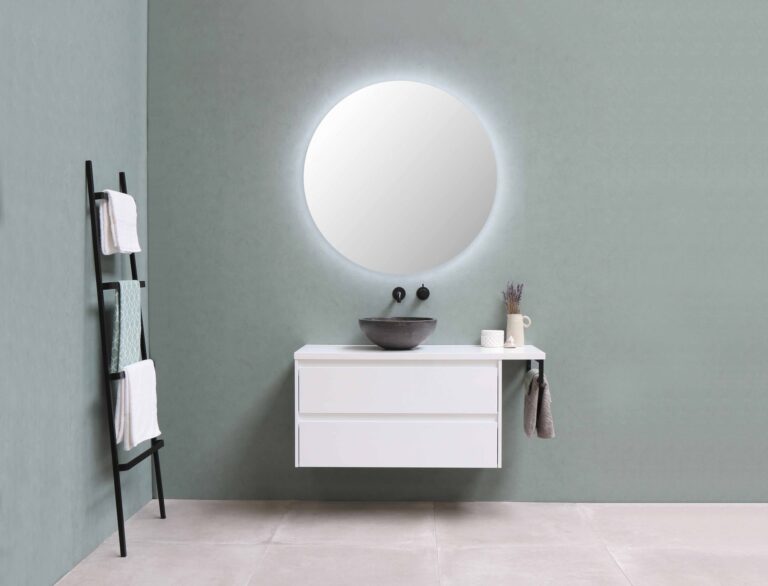Declutter Your Home Effectively With These 5 Strategies
If you feel your decluttering effort is leading nowhere, and want to learn how to declutter more effectively, you’ve come to the right place.
In this article, I will share the 5 strategies that help declutter your home effectively and efficiently, so that you can get the job done sooner and start enjoy your clutter-free home.
Let’s begin!
5 Strategies To Effectively Declutter Your Home
The 5 strategies are:
- Work on areas that make the most impact.
- Plan for short sessions with specific goals.
- Set specific criteria in advance.
- Avoid using the “Maybe” box.
- Make decluttering more enjoyable.
We’ll take a closer look at each of the strategies.
1. Work on areas that make the most impact
You might often hear/read decluttering advice suggesting starting with an ‘easy’ area to train your decision-making skills (aka your decluttering muscles).
However, if you are already confident about your decision-making skills and want to see your decluttering results sooner, prioritize for areas that make the most impact. Here are some suggestions:
- Areas that give you the most stress.
- Areas where you frequently pass by.
- Areas where you spend lots of your daily life.
- Areas that you are embarrassed for your guest to see.
Once you get the above areas done, you will immediately see and feel the big difference.
2. Plan for short decluttering sessions
Short decluttering sessions can help you focus, thus increase efficiency. I personally like to make each decluttering session 30 minutes.
Before starting the timer, set a specific goal to guide your efforts within the 30-minute timeframe. Here are some examples:
- In the next 30 minutes, I will find at least 10 t-shirts to declutter.
- In the next 30 minutes, I will fill 2 donation boxes.
- In the next 30 minutes, I will finish decluttering this specific drawer.
When the time is up, take a break, review your progress, celebrate your accomplishment, and then get ready for your next 30-minute decluttering session.

3. Set criteria for items to declutter
When you have very clear guidelines for what to declutter and what to keep, you are less likely to be overwhelmed by the decision-making process during decluttering.
You can create guidelines such as:
- If I have not used it for more than a year, get rid of it.
- If this item is cheaper than X dollars (you set your own dollar amount), get rid of it.
- If I can borrow it from my friends/neighbors, get rid of it.
- If the pants/jeans are 2 sizes smaller than my current size, get rid of them.
Have these guidelines set up in advance. When you make the important decision ahead of time, you are less likely to be trapped in the open-ended questions such as “In what occasions will I wear this dress again?”
4. Avoid having a “MAYBE” pile
From my decluttering experience, having a dedicated box for “Maybe” items only encourages procrastination and indecision.
So, what can you do instead? Here’s a method that I’ve personally found effective:
For unsure clothing items, hang them front and center in your closet. This visual cue confronts you each time you open the closet and see them, making you more aware of your needs. Once you realize you won’t wear them again, saying goodbye becomes easier.
As for non-clothing items, strategically place them where they’re hard to ignore. Stick that item smack in the middle of the hallway or right in the heart of the living room. The inconvenience prompts evaluations.
Seeing these uncertain items triggers thoughts about your needs. After enough thoughts, you can confidently make decisions. It’s a simple strategy, but it works wonders in getting the clutter out effectively.
5. Make Decluttering More Enjoyable
If you tend to quit halfway, making decluttering enjoyable is key to staying motivated until the end. To keep yourself engaging and in a good mood, here are some suggested fun approaches:
- Play your favorite tunes or podcast.
- Turn it into a game. Challenge yourself to declutter a certain number of items within a set time, making it a fun and competitive experience.
- Invite a friend to join you. Decluttering together not only makes the process more enjoyable but also provides a chance to catch up.
- Create a visual representation of your progress. Use a board or chart where you can mark off completed tasks. Take “Before and After” photos. Seeing the progress is super satisfying.
- Set up small rewards for completing specific decluttering milestones. It could be a favorite treat, a break with a good book, or going out for a walk.
By incorporating these enjoyable elements, decluttering becomes less of a chore and more of an activity you can look forward to. This way you can stay motivated until the end.
conclusion
To recap, the 5 strategies that can make the decluttering process more effective and efficient are:
- Work on areas that make the most impact – see results fast.
- Plan for short decluttering sessions – increase focus.
- Set criteria for items to declutter in advance – make decision process easier.
- Avoid having a “maybe” pile – avoid procrastination.
- Make decluttering more enjoyable -stay motivated.
I hope this article is helpful!






